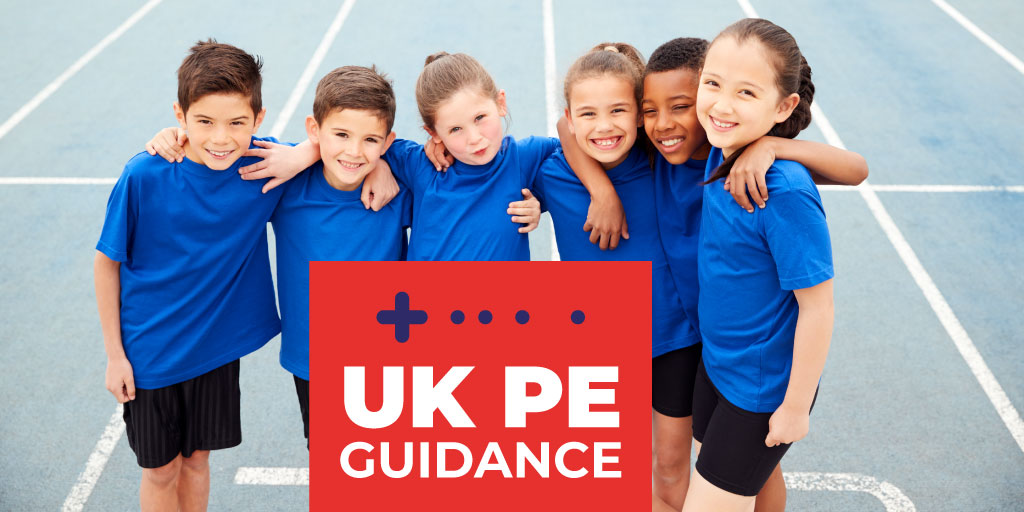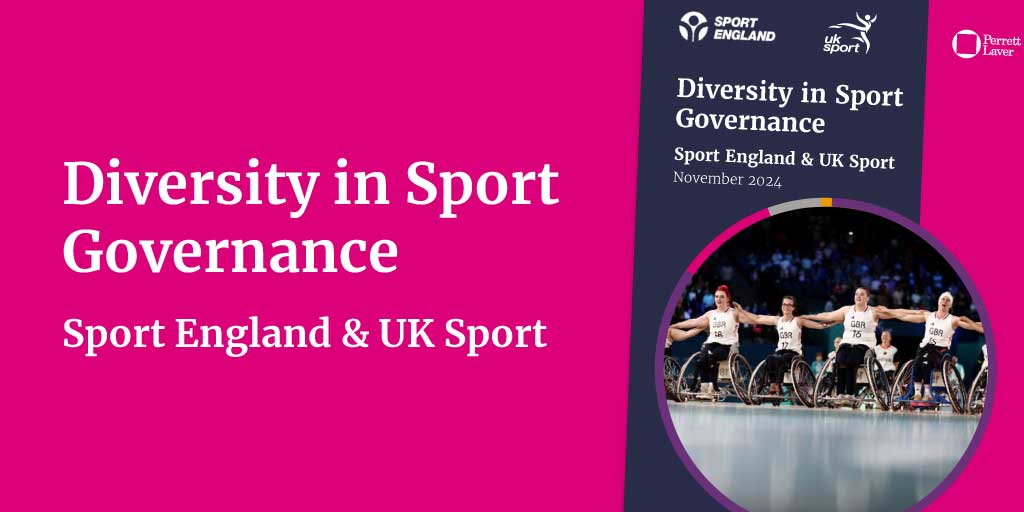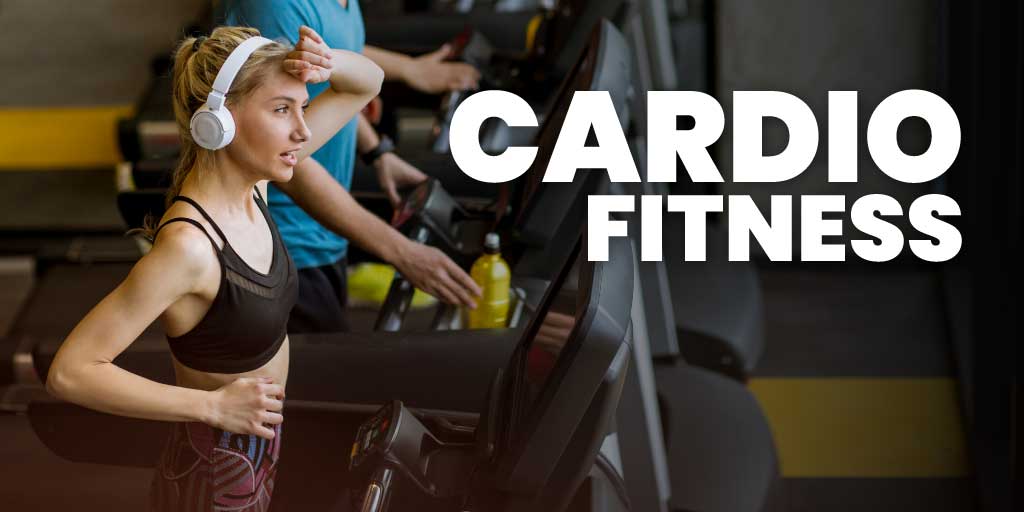Some have criticised the latest PE guidance for schools, arguing that it does not adequately support pupils and teachers. It wouldn’t be the first time that the sports, recreation, and activity communities have criticised the government for not fully embracing the importance of the sector for its economic and health benefits.
It might be true to say that the legacy of sport in schools has not been fully realised, yet we could argue that there are still opportunities for change in the guidelines.
The aims of the guidance
To put this in context, here are the aims of the guidance:
- To ensure regular participation in physical activity and a wider understanding of its benefits
- For schools to establish a clear rationale for sport and physical activity within their communities
- For schools to develop relationships with external partners to deliver high-quality physical activity
- For schools to collect and analyse data to improve participation
- To gather pupils thoughts to equalise participation between girls and boys in PE
- To provide equal access to all sports and physical activity for all pupils e.g. girls, boys, SEND students and lower-income students
- To target underrepresented pupils and provide opportunities to reduce their barriers to sport
- Maintain the ambition of outcomes for pupils with SEND needs and the needs of disabled pupils
- Simplify PE kits and consult with families regularly to make sure this isn’t reducing participation
Is it a missed opportunity?
The recommendation of a minimum two hours of PE has been the same since 2002. Despite the Chief Medical Officer’s recommendation of 60 minutes of daily moderate-to-vigorous physical activity, this standard still hasn’t been met. While raising the standard would be ambitious, it wouldn’t be helpful, especially if it was compulsory.
In the last ten years, there has been an 11.1% decrease in PE hours. With the pandemic, successive recessions, and commitments to academic standards, PE has been lost in the shuffle and is often replaced with academic subjects due to a lack of resource and pressure from the government to meet academic targets.
Do we have the right support?
There is a concern that without compulsory guidance, PE teachers will be left fighting for their subject. The research, however, is on their side, and these guidelines create a great platform for change based solely on the school environment rather than a one-size-all structure.
More than 90% of primary schools and 60% of secondary schools pupils agree that being active helps them learn. To make the 2-hour minimum a reality, it shouldn’t just be the responsibility of school leadership. The guidance supports using external partners such as NGBs and sports coaching companies that can work with a school rather than on a general basis.
Who should advocate for sport and PE?
School sport, PE and physical activity aren’t the same and should be treated individually, yet everyone passionate about sport in schools should advocate for it. Whilst a focus on successful sportspeople like the Lionesses focuses on what sport can offer at its highest levels, it’s not just about competitive sport, it’s about inspiration.
What we need is a multi-pronged approach. There is no one way to improve physical activity. Successful athletes reveal their past challenges and their advice for improvements. Teaching and leadership can help pupils see past competitive sport and appreciate movement, in all its forms.
The Lionesses are important role models. Why? While 86% of young people value PE, according to Youth Sport Trust Girls Active data, 83% of boys like PE but only 63% of girls do. Lack of representation and focus on gender roles in sport reduces participation for girls. The right role models can inspire them.
Awareness of PE’s benefits
In many ways, the guidelines point out successes and indicate room for improvement. Only 43% of parents are aware that children should be active daily for 60 minutes. When pupils don’t understand the importance to be active, they simply don’t participate.
These guidelines are comprehensive but they’re guidelines for a reason. It offers an opportunity to request support from external partners like NGBs or sports coaching companies. Instead of heavier workloads, schools are encouraged to use external partners to workshop models to fit their schools’ needs.
Where can we support you?
It takes a village and Coordinate Sport is the right partner for any organisation that wants to meet and exceed these guidelines. Our software is designed to put reporting and the resources you need at your fingertips wherever you are.
Every pupil in every school should be physically active. And we’re here to help you get them there.









